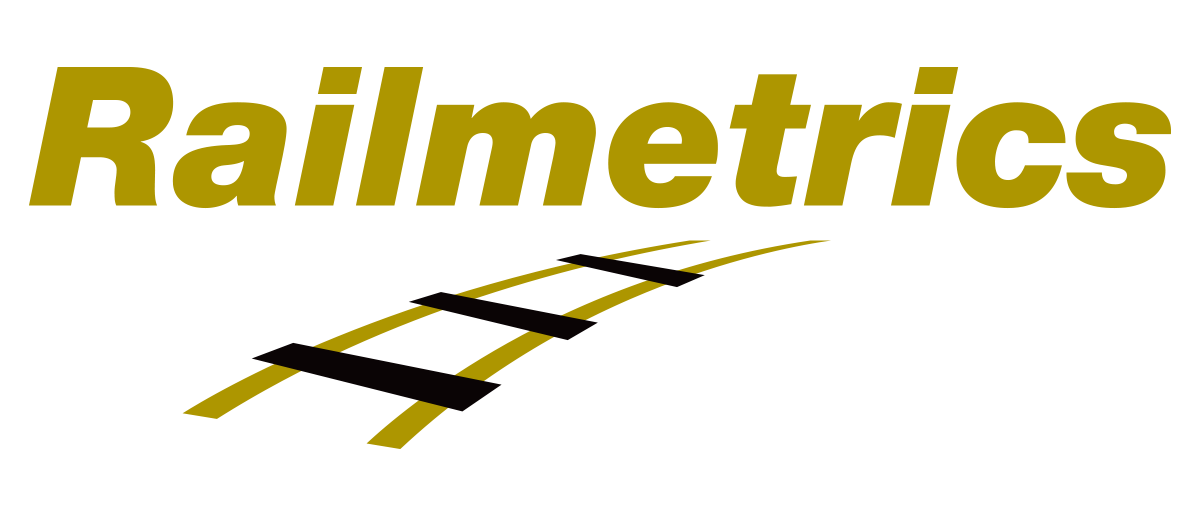Langkawi - Rock Face Monitoring
Challenge
Langkawi, known as the Jewel of Kedah, is the largest and only inhabited island in an idyllic archipelago of 100 islands in the Andaman Sea. The island has a rich history and has some of the most interesting exposures of Palaeozoic rocks in Malaysia. Development on the island is related to the geology and it is not unusual for properties to be built close to steep rock faces.
At one such location, two primary schools are located at the top of a steep road cutting in degraded granite bedrock. The school buildings are located at a height of up to 25 metres above the road. The weathered rock slope has been covered with shotcrete and reinforced with soil-nails. Concern has arisen following observation of cracking. Engineers at the Public Works Department were therefore keen to check for any small trends in surface movement which could provide early warning of rock falls. They needed a rockfall monitoring solution that was resilient, robust and long lasting.
Solution
Kuala Lumpur-based monitoring specialists Merdian2000 proposed a solution that enabled bulk rock-block movement to be detected at extremely small movements.
This was based on Senceive wireless remote condition monitoring technology. It used sensors that provide high-resolution measurements and a battery life of up to 15 years at a 20-minute sampling rate. A total of 16 triaxial tilt sensors with ±0.0005 degree repeatability were bolted to the cutting face in the areas regarded as most at-risk. Antenna extenders were used to create a robust FlatMeshTM wireless network to cater for all weather conditions.
Senceive nodes are rated to IP66, IP67 and IP68 (waterproof @ 1 metre for 24 hours) and were therefore well-suited to this exposed location that is prone to heavy tropical rainfall.
The tilt sensor nodes were set up to transmit to two solar-powered gateways sending data securely to a cloud server and the Senceive WebMonitor™ platform.
Outcome
Following installation, approved WebMonitor™ users could see precise rock face movement data that was updated every 15 minutes. The WebMonitor™ dashboard provided an easy to view sensor visualisation showing the latest movement, colour coded for severity.
Small movements of the rock face are expected to occur naturally, but the detection of trends indicating increasing movement would be of more concern. A system of risk-based alerts was therefore established, with notifications automatically sent by SMS and email. At the time of writing, no trigger levels had been breached and no alerts issued.
The installed system provides near real-time monitoring of the slope 24 hours a day and 365 days a year. It cuts the need for site visits and enables a targeted decision-making response.
The risk mitigation and added safety offered by Senceive technology are helping to protect people and assets in the world’s most complex and dangerous environments. Meridian 2000 proudly supplies Senceive products in Peninsular and East Malaysia offering full customer support and technical assistance.
Downloads
Created on: Tue 3rd Nov 2020


Key Points
- Steep slope and weathered rock face presented risk to school built above slope and road below.
- Need for early warning of slope movement and rock fall.
- Senceive system provided near-real-time monitoring with automated alerts – cutting the need for inspections and surveys.











